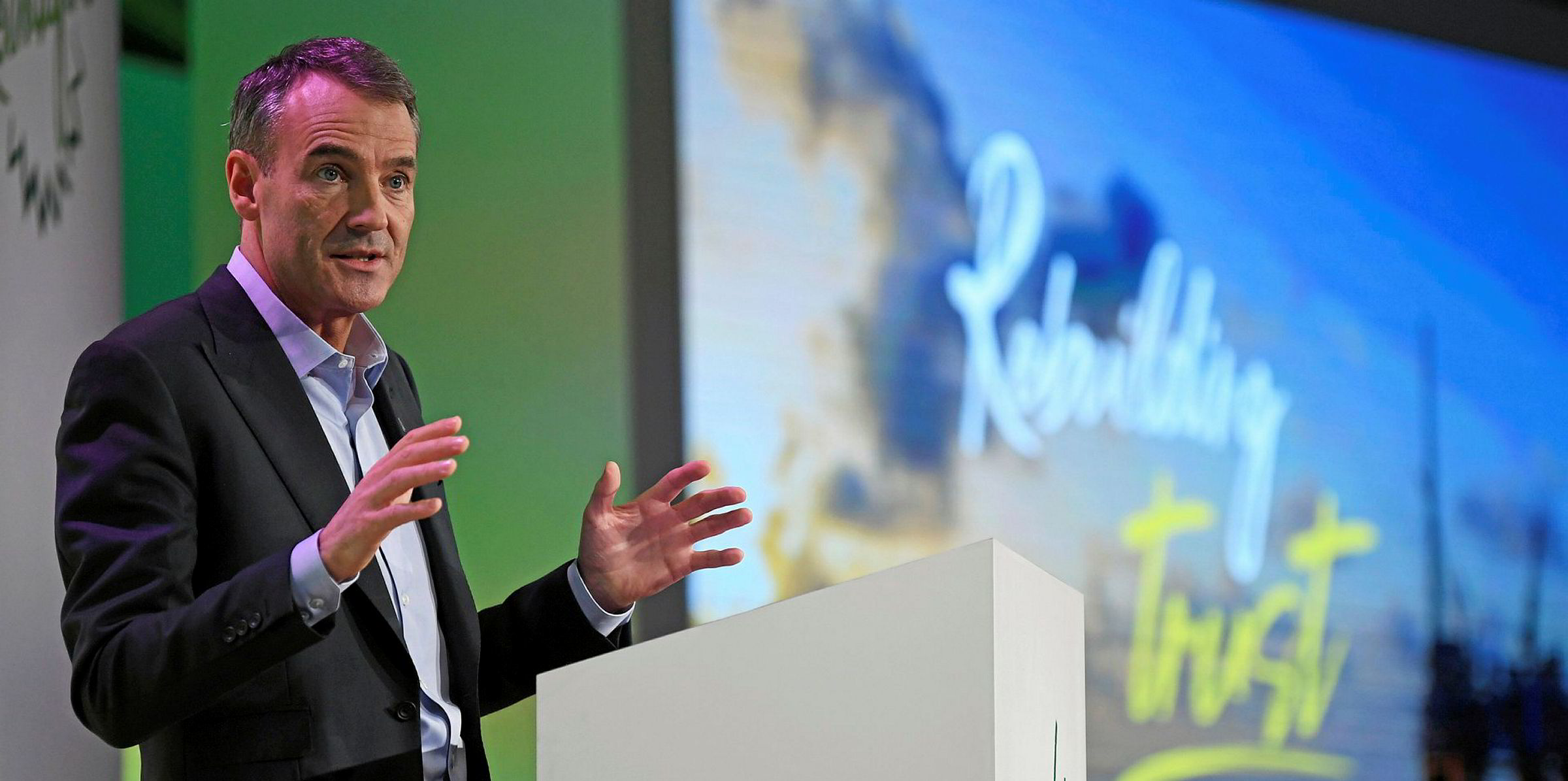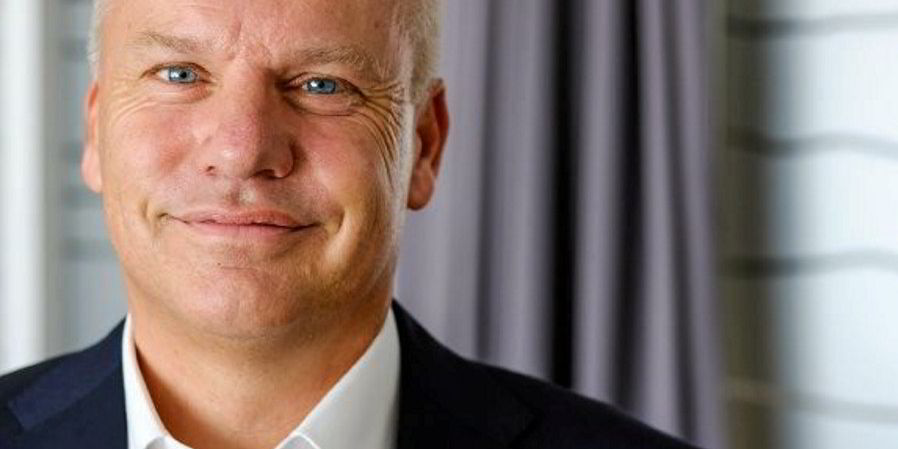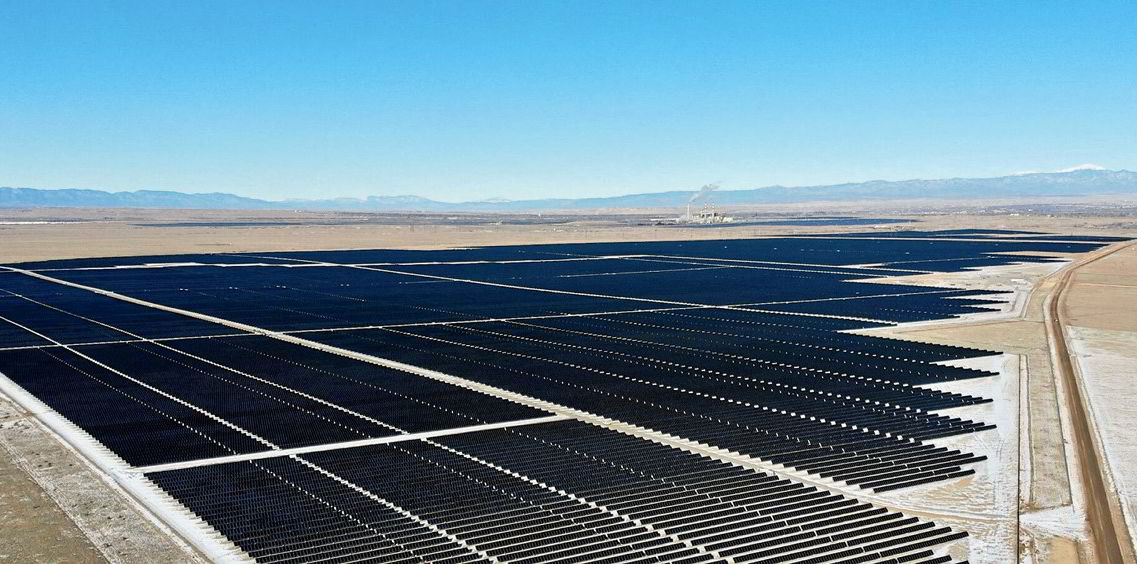BP will be an active bidder for offshore wind licences within the next six months as the oil supermajor pursues aggressive growth targets in the sector, CEO Bernard Looney confirmed
The UK-based fossil giant – which made a dramatic entry to the sector in September by partnering with Equinor in US offshore wind – will team-up with others to enter contests for new offshore wind acreage that will help it pursue a goal of 50GW net renewables by 2050, said Looney.
“If there’s an offshore wind licence round, which you’ll see over the coming six months, you’ll see us bidding, we’ll do that in partnerships,” said Looney, without giving more details.
Offshore wind rounds on the near-horizon include the Crown Estate’s up-to 8.5GW Round 4 process off BP’s UK home market, the 1GW Thor in Denmark and France’s 1GW process to award acreage off Normandy.
Aker BP, in which the supermajor is a minority stakeholder, will participate in Norway's first large-scale offshore wind tender in 2021.
Linking with partners would replicate a model pursued by BP “all around the world in oil & gas”, said Looney, who added that bidding would bring an organic source of growth towards the 50GW 2030 target and an interim 20GW goal for 2025, unveiled by BP earlier this year as part of a broader decarbonisation agenda.
BP would also look at inorganic growth opportunities through M&A but “there is nothing on a material level front of mind” at present.
'Germany going for it'
Looney, who was discussing BP’s green ambitions at a presentation of third-quarter results, said hydrogen would become “material” for the group in the 2030s.
The BP CEO cited Germany as an example of a country with huge ambitions to develop a hydrogen economy. “They’re really going for it. They’ve imported oil for many decades and can see themselves as a hydrogen importing country,” said Looney.
In common with his fellow oil majors, Looney stressed the role of blue H2 from abated fossil fuels as an early enabler of the hydrogen economy, alongside the renewable ‘green’ variety produced using electrolysis.
A mix of blue and green H2 would give the hydrogen economy “the best possible start” argued Looney.



